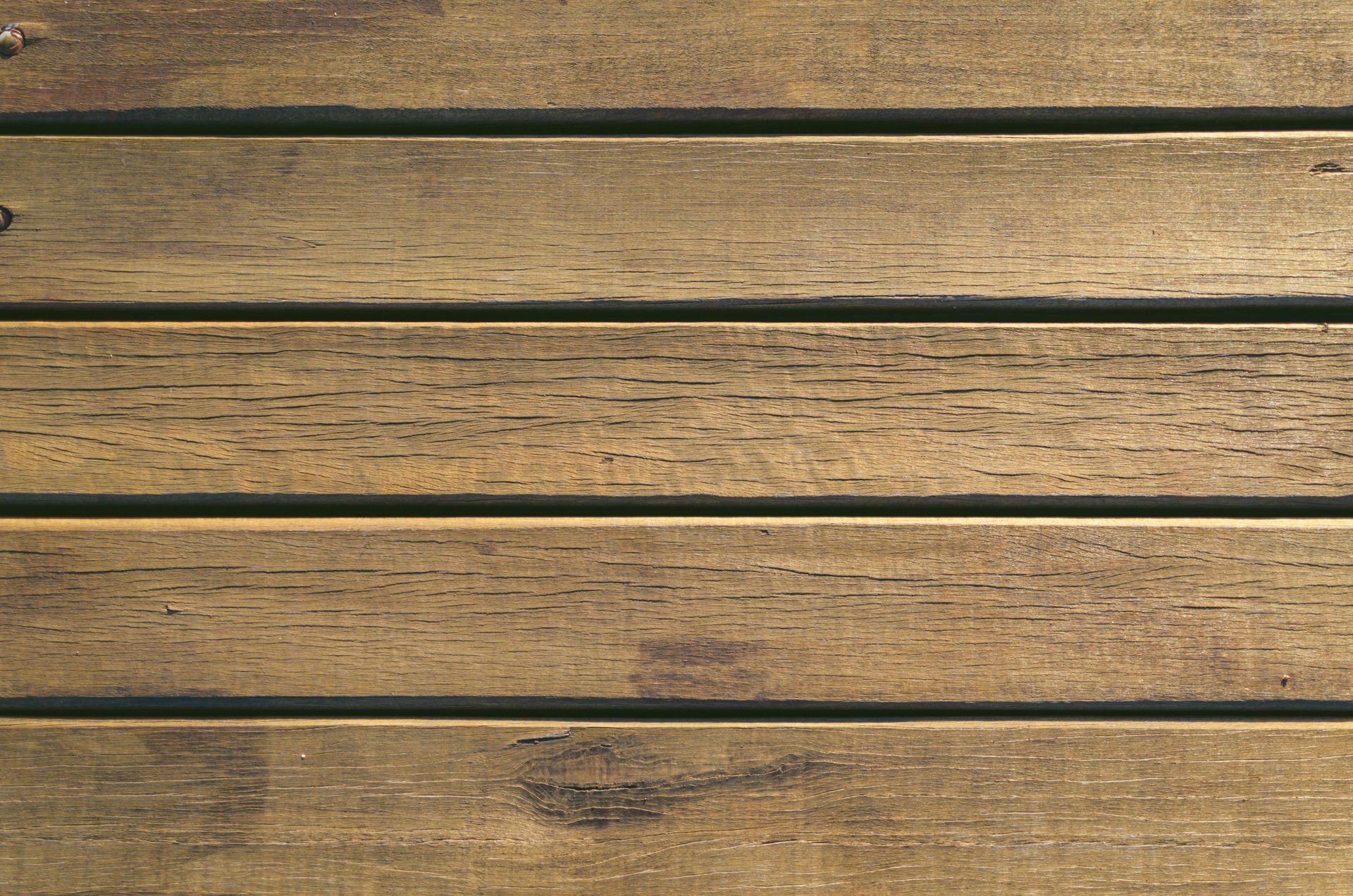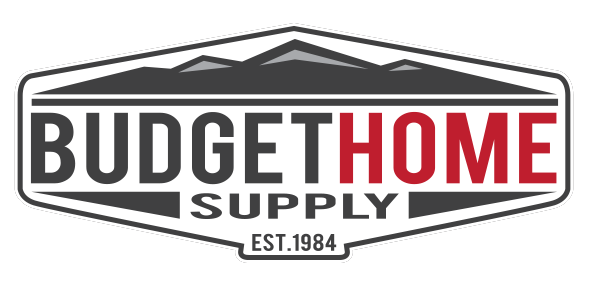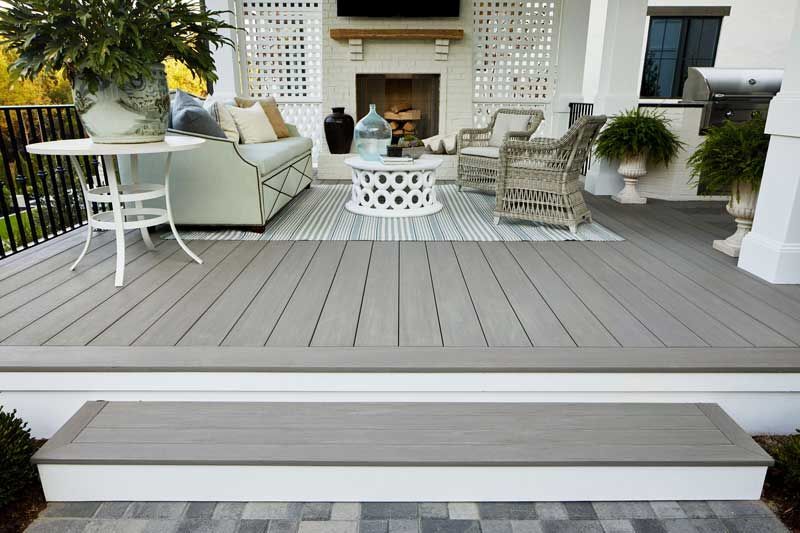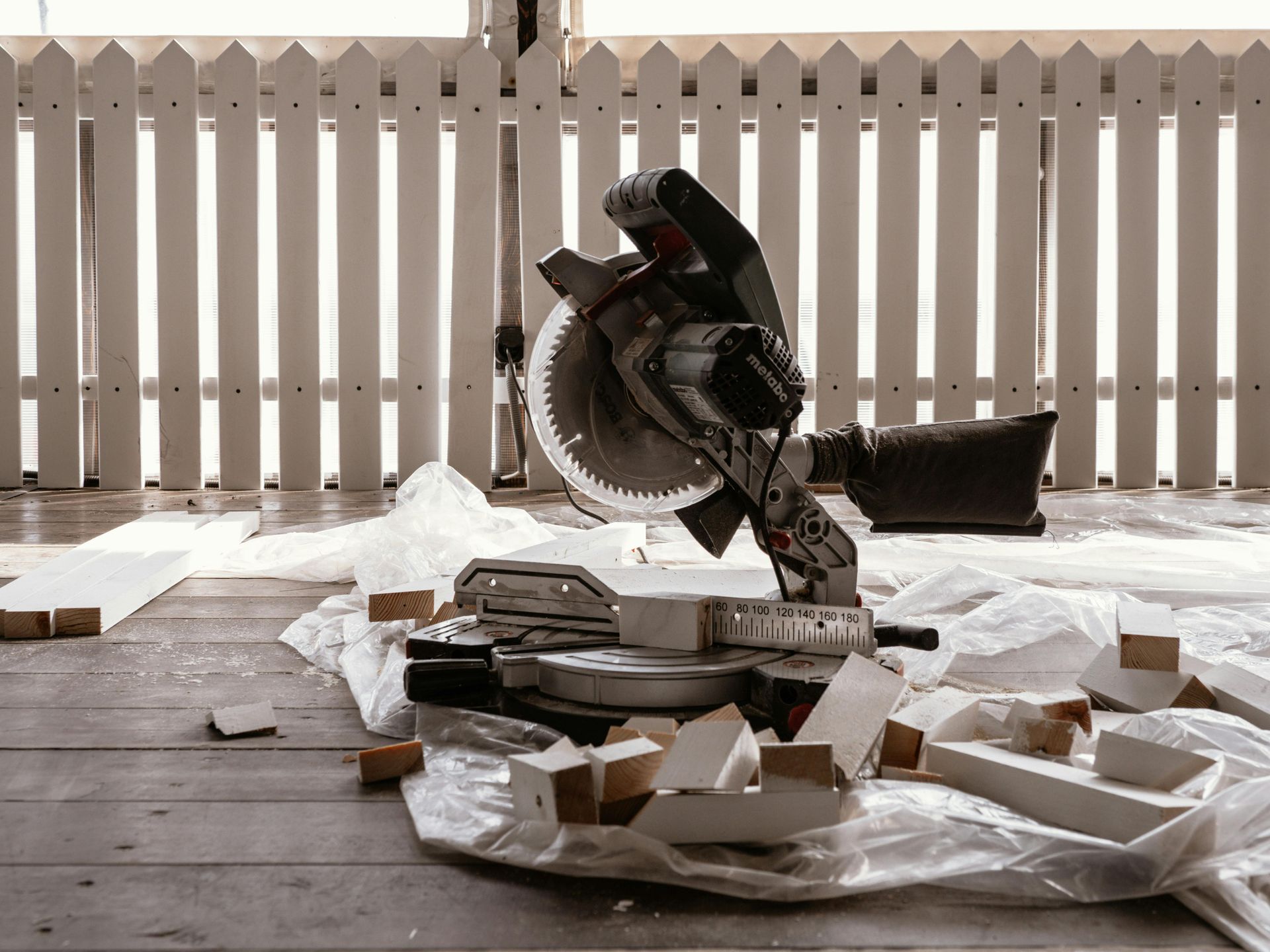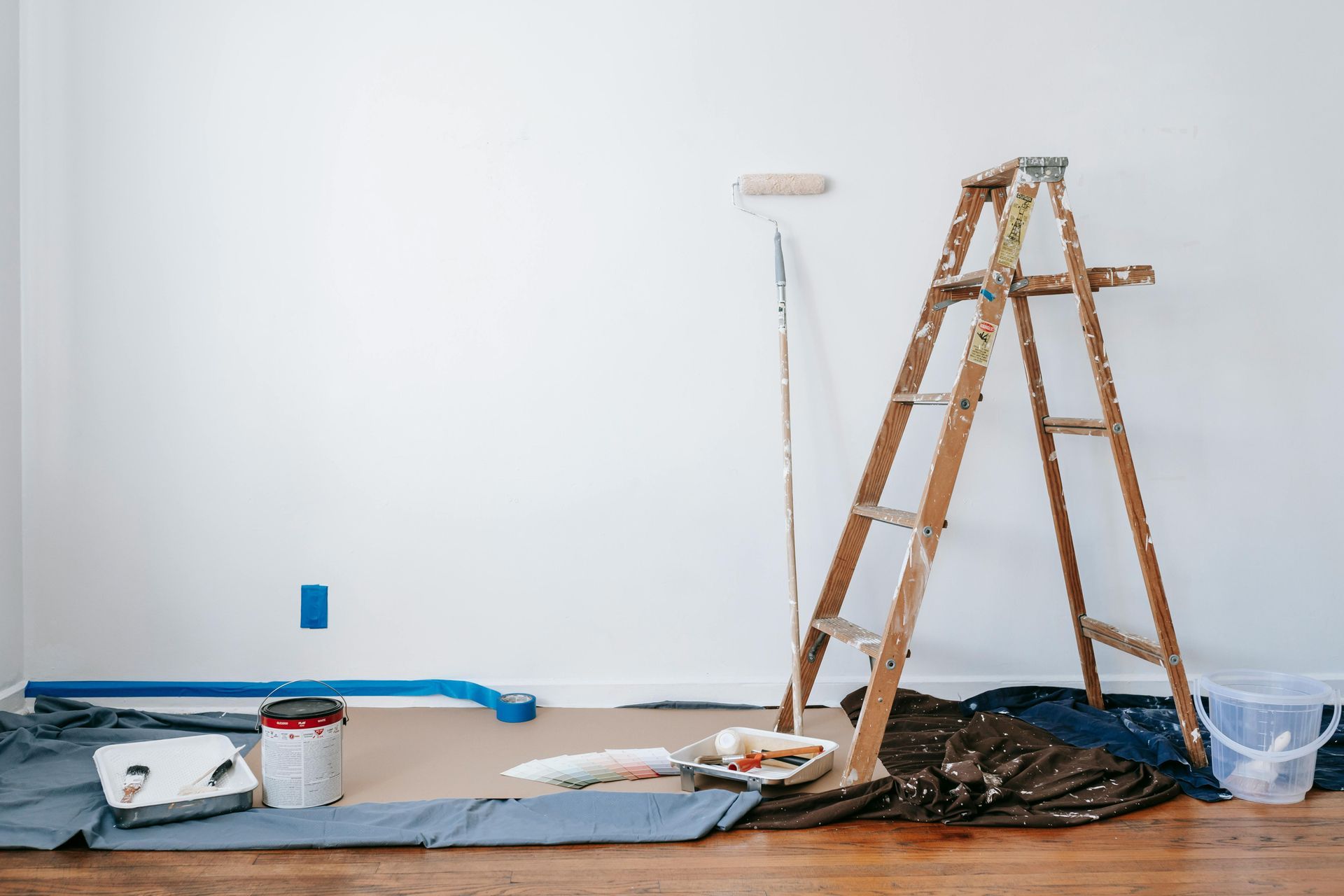Constructing Stylish Hardwood Kitchen Cabinets and Storage Solutions
Transforming your kitchen with stylish, custom hardwood cabinets can elevate the aesthetics and functionality of your space. Hardwood cabinets offer durability, timeless appeal, and customization options that fit any kitchen design. In this blog, we will guide you through the process of constructing stylish hardwood kitchen cabinets and storage solutions, leveraging resources from a trusted Boulder lumber yard. Whether you are in Longmont, Boulder, or the surrounding areas, these tips and insights will help you create the kitchen of your dreams.
Why Choose Hardwood for Kitchen Cabinets?
Durability and Longevity
Hardwood is known for its strength and durability, making it an ideal material for kitchen cabinets. When properly maintained, hardwood cabinets can last for decades, resisting wear and tear from daily use.
Timeless Aesthetics
Hardwood offers a classic, timeless look that complements various kitchen styles, from traditional to contemporary. The natural grain patterns and rich colors add warmth and elegance to your kitchen.
Customization Options
With hardwood, you have endless customization options. You can choose from various wood species, finishes, and hardware to match your design preferences. Whether you prefer the deep tones of cherry, the light hues of maple, or the distinctive grain of oak, there is a hardwood option to suit your taste.
Planning Your Hardwood Kitchen Cabinets
Assess Your Needs
Before you start building your cabinets, assess your kitchen needs. Consider your storage requirements, the layout of your kitchen, and the design elements you want to incorporate. Think about how you use your kitchen daily and what improvements can enhance your workflow and organization.
Design Your Layout
Designing your kitchen cabinet layout is a crucial step. Use design software or sketch your ideas on paper. Consider the placement of appliances, countertops, and plumbing. Efficiently utilize your space by incorporating a mix of upper cabinets, base cabinets, and specialty storage solutions like pull-out shelves and corner units.
Selecting the Right Hardwood
Choosing the right hardwood species is essential for both aesthetics and functionality. Here are some popular options:
Oak: Known for its durability and prominent grain pattern, oak is a versatile choice for kitchen cabinets.- Maple: Maple's light color and smooth grain make it a popular choice for modern and traditional kitchens alike.
- Cherry: With its rich, dark tones and elegant grain, cherry wood adds a luxurious feel to your kitchen.
- Hickory: Hickory's distinctive grain and strong character make it a great choice for rustic or farmhouse-style kitchens.
Sourcing Quality Lumber
Visit a reputable Boulder lumber yard like Budget Home Supply to source high-quality hardwood for your cabinets. They offer a wide selection of lumber in Boulder, ensuring you find the perfect material for your project. Consult with their experts to understand the best wood options for your specific needs and budget.
Building Your Hardwood Cabinets
Gather the necessary tools and materials for your cabinet construction. You will need:
- Hardwood lumber
- Plywood for cabinet backs and shelves
- Wood glue
- Screws and nails
- Sandpaper
- Wood stain or paint
- Hinges, handles, and other hardware
Constructing the Cabinets
1. Cutting the Wood: Measure and cut your hardwood pieces according to your design specifications. Precision is key to ensuring that all pieces fit together correctly.
2. Assembling the Frames: Assemble the cabinet frames using wood glue and screws. Ensure that the frames are square and level.
3. Adding the Backs and Shelves: Attach plywood backs to the cabinet frames and install shelves at desired heights.
4. Constructing the Doors and Drawers: Cut and assemble the doors and drawers, ensuring they fit snugly within the cabinet frames. Use high-quality hinges and drawer slides for smooth operation.
5. Finishing Touches: Sand all surfaces to a smooth finish and apply your chosen stain or paint. Add hardware like handles and knobs to complete the look.
Expert Tips for a Professional Finish
- Pre-Sand Wood Pieces: Sand all pieces before assembly to achieve a smooth, even surface.
- Use Quality Fasteners: Invest in high-quality screws and nails to ensure the longevity and stability of your cabinets.
- Consider Soft-Close Hardware: Soft-close hinges and drawer slides add a touch of luxury and prevent slamming.
Enhancing Storage Solutions
Maximizing Space
Maximize your kitchen storage by incorporating clever solutions such as pull-out shelves, lazy Susans, and deep drawers. These features improve accessibility and organization, making your kitchen more functional.
Custom Additions
Consider custom additions like built-in spice racks, utensil organizers, and vertical dividers for baking sheets and cutting boards. These enhancements tailor your kitchen to your specific needs and preferences.
Utilizing Vertical Space
Take advantage of vertical space by installing tall cabinets that reach up to the ceiling. This not only provides extra storage but also creates a cohesive, streamlined look.
Maintaining Your Hardwood Cabinets
Regular Cleaning
Keep your hardwood cabinets looking beautiful by regularly cleaning them with a soft cloth and mild detergent. Avoid harsh chemicals that can damage the wood finish.
Periodic Maintenance
Periodically check for any signs of wear or damage. Reapply wood finish as needed to protect the surface and maintain its luster.
Handling Moisture
Since kitchens are prone to moisture, ensure that your cabinets are well-sealed and promptly wipe up any spills to prevent water damage.
Constructing stylish hardwood kitchen cabinets is a rewarding project that enhances both the aesthetics and functionality of your kitchen. By sourcing quality materials from a trusted Boulder lumber yard like Budget Home Supply, and following careful planning and construction techniques, you can create beautiful, durable cabinets that meet your needs. Whether you’re in Longmont or Boulder, Budget Home Supply is your go-to source for all your home improvement needs, from lumber to plumbing supplies and more. Visit their store or website to explore their extensive selection and get started on your next project today.
Creating your dream kitchen is within reach with the right materials, tools, and a bit of DIY spirit. So roll up your sleeves, get inspired, and transform your kitchen with custom hardwood cabinets that will stand the test of time.
